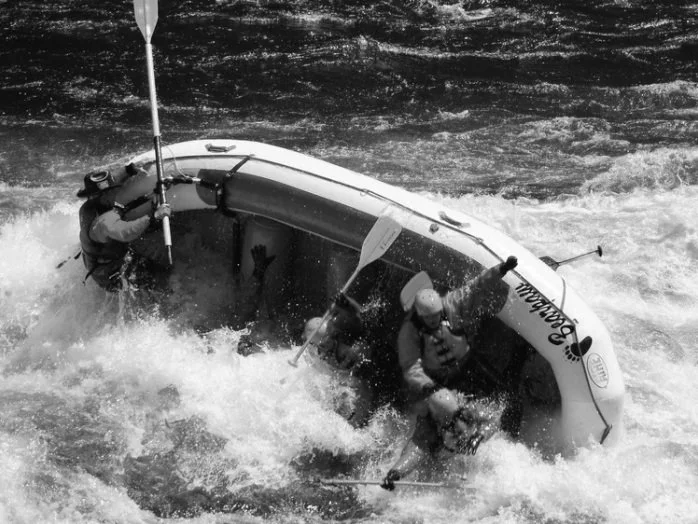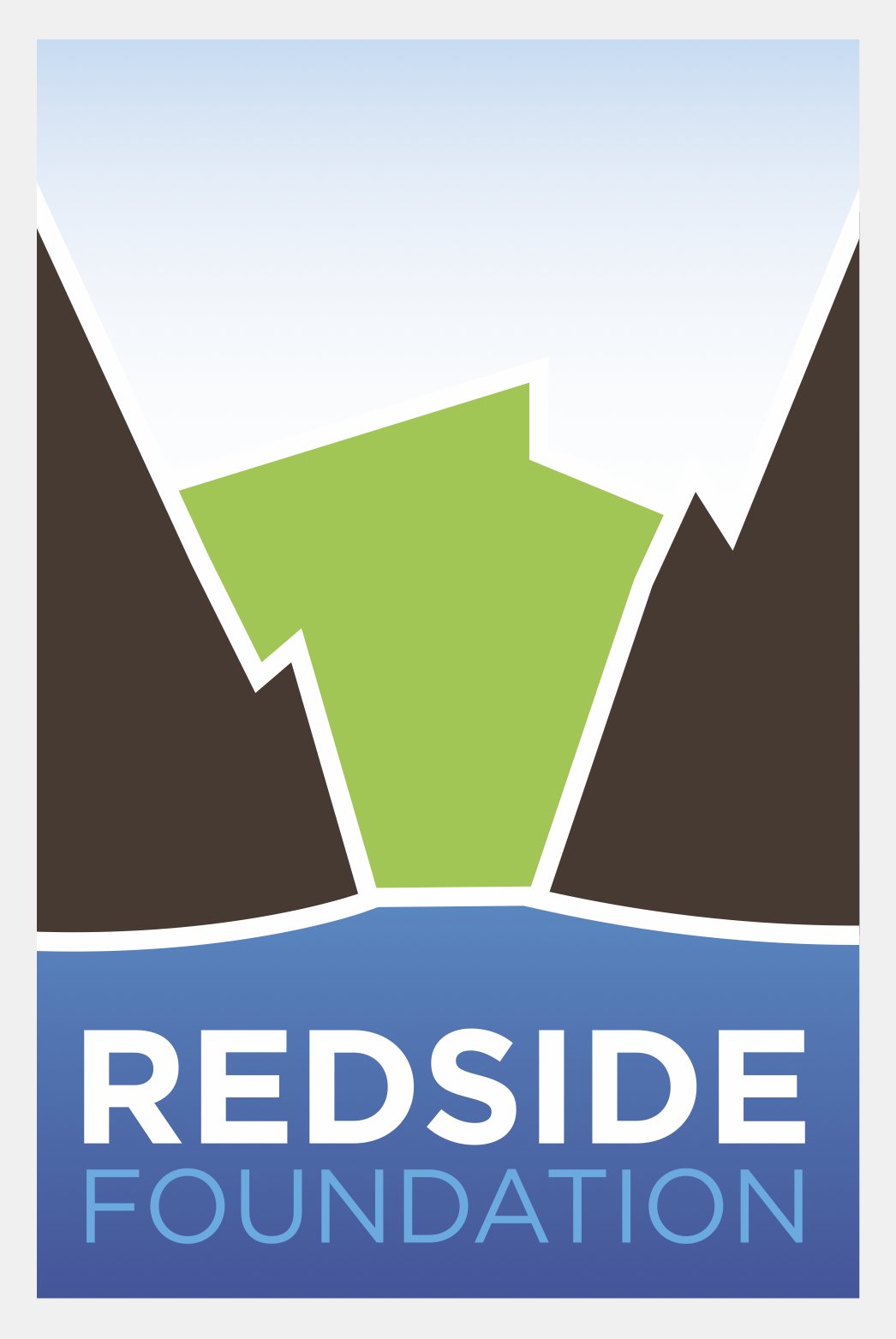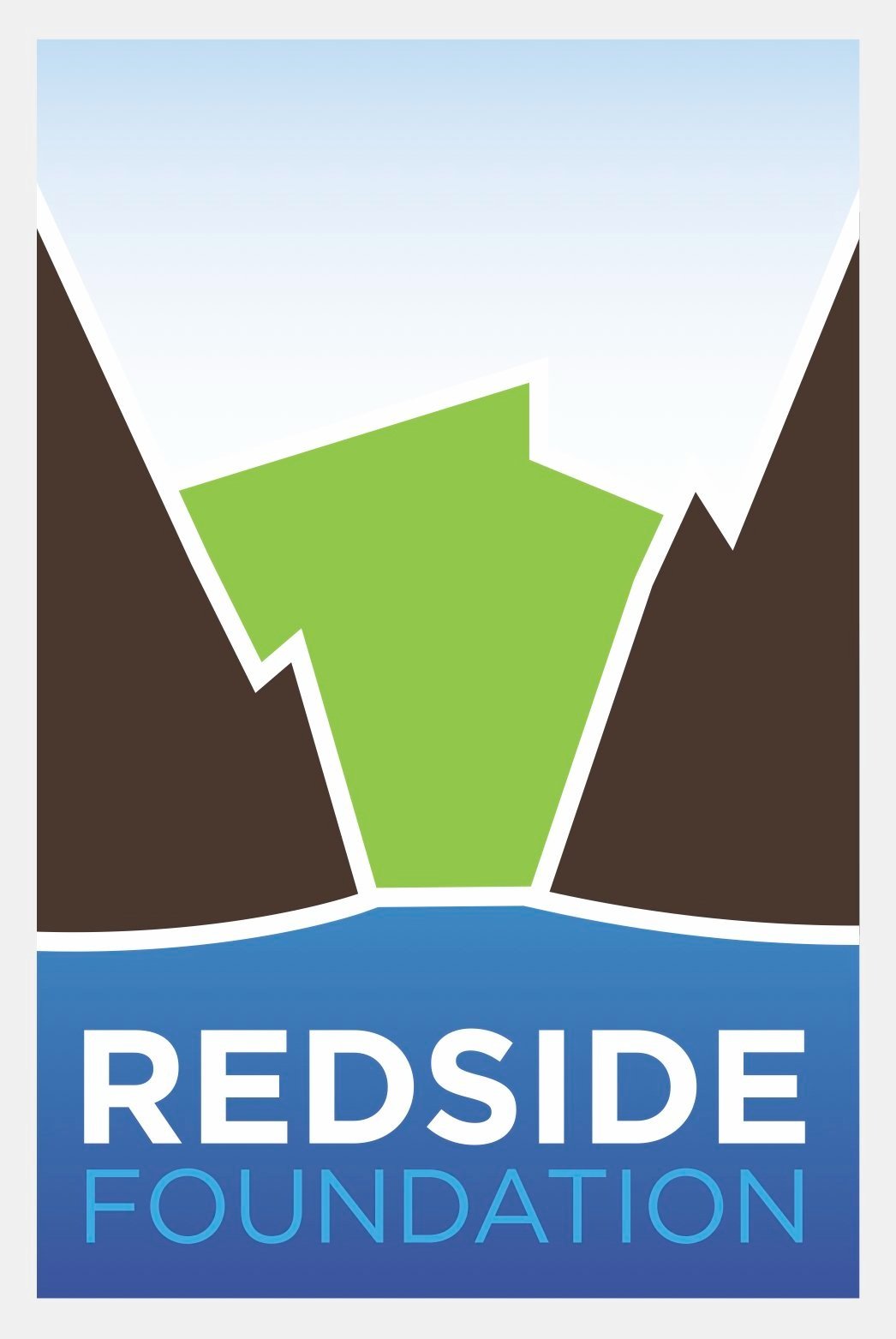
Burnout and Resilience
complied and produced by Guide Liaison Carly Knudson
What is Burnout?
Burnout is most commonly defined as workplace exhaustion due to chronic stress, high ideals, high demands, and lack of (perceived or real) support.
Three Main Components to Burnout
-

Exhaustion (Emotional)
A fatigue that can come from caring too much, for too long. This is different than feeling “tired” after a long day of work; it’s more chronic and less attributable to specific causes.
-

Depersonalization or Cynicism
The depletion of empathy, caring, and compassion. For guides, this may manifest in feelings towards clients, other guides and personal relationships, or your outfitter.
-

Decreased Sense of Accomplishment
An unconquerable sense of futility: feeling that nothing you do makes any difference or like you have a lack of purpose.

Signs and symptoms of burnout are often a combination of emotional, physical, and behavioral elements.
-

Emotional
Increasing cynicism towards life, work outlook, coworkers
Feelings of intolerance
Feeling listless or lacking energy or enthusiasm
Low mood/ affect
Difficulty concentrating
Lack of creativity
Low commitment to your role
Emotional volatility
Feeling low motivation, optimism, purpose
Decreased sense of accomplishment
-

Physical
Headaches
Lack of sleep/ difficulty sleeping
Fatigue
Body aches
GI disorders
Increased frequency/susceptibility to physical illnesses (cold and flu)
Hypertension
Muscle tension and soreness
Lack of sex drive
Changes in weight/ appetite
-

Behavioral
Reduced performance/ productivity
Absenteeism/ lack of participation
Detachment and depersonalization
Social removal or absenteeism
Isolation
Strife in coworker/ personal relationships
Increase in “numbing” behaviors: substances, food, exercise, escape fantasies, etc.
Lack in engagement in personal activities (social life, hobbies)
Distinguishing Burnout From Other Conditions
In general, burnout is experienced in the form of emotional/psychological symptoms and occurs because of unchecked stress and stressors due to lack of support.
Workplace stress, on the other hand, is a short-term state that usually manifests as over-productivity, anxiousness, hyperactive or urgent behavior. Stress that is not properly acknowledged or dealt with can lead to chronic stress. In general, stress is experienced in the form of physical symptoms, though more severe states of traumatic stress can manifest as stress injuries such as Post Traumatic Stress Disorder.
Compassion fatigue is often associated with burnout and can make it feel difficult to feel compassion or “numb” to a patient/client's needs. This is often due to consistent exposure to direct and indirect trauma, stress, or constant tending to the needs of others.
Chronic stress and/or burnout have been shown to have the potential to progress into more serious mental health problems such as anxiety and depressive disorders, and chronic physical problems. While the severity and symptom expression vary greatly between individuals, these are more long-term conditions with mood regulation difficulties, feelings of worthlessness or hopelessness, difficulties concentrating or sleeping, physical problems such as chronic aches and pains, or suicidal thoughts and tendencies.
What do I do about it?
Dealing with burnout is more complicated than it may seem, and requires multiple layers of consideration. Recognizing the factors that are contributing to your burnout experience, understanding how to deal with controllable versus uncontrollable stressors, working on dealing with stress itself, and building resiliency are all steps that help to combat burnout.
For more in-depth information on these topics, including common guide factors that contribute to burnout, specific ideas for solutions, the importance of dealing with stress, and more, check out the Burnout Companion Guide below.
Understanding Controllable vs. Uncontrollable Stressors
Controllable
Controllable factors are usually more individual/personal and are deemed to be handlable. Approaches for controllable factors are known to some researchers as “planful problem-solving.”
Planful problem solving entails identifying a problem as “solvable” and making a plan to change or address the issue from a top-down approach. Solutions often come from effective and direct communication, being open and honest with yourself, your coworkers, and your employer, creating self-care routines, or utilizing or creating resources.
Uncontrollable
Uncontrollable stressors typically are more systemic, organizational, industrial, or environmental, and deemed not able to be handled by an individual. Dealing with uncontrollable stressors typically involves reevaluation and reframing of thoughts and circumstances, or “positive reappraisal” and dealing with the stress response itself.
Positive reappraisal is “Deciding that the effort, the discomfort, the frustration, the unanticipated obstacles, and even the repeated failure have value- not just because they are steps toward a worthwhile goal, but because you reframe the difficulties as opportunities for growth and learning.”
Controllable Stressor Solutions: Ideas for Planful Problem Solving
Grasp a greater sense of control.
Gaining a sense of control often comes with effective and direct communication. (See below: ‘clarify job demands and expectations’). Additionally, planning for seasonal instability (financial plans, housing, community building, off-season employment) may help gain a sense of security.
Clarify demands and expectations.
Whether it is how or when a task needs to be completed, positions of leadership or advancement, or expectations of participation; guiding is an occupation, (no matter how fun it is!) and ambiguity is not usually the best approach. Clarification of expectations and needs can greatly deter miscommunications and hard feelings. If needed, suggest 15-30 minute breaks for check-in within your crew, having pre/post-trip meetings, or asking for formal outlines of company policies are all possible helpful solutions.
Build strong support systems.
Social support or a sense of strong community is a key factor to building resiliency, combating burnout, and contributes to more positive mental and physical health outcomes. It is important to make an effort to connect and build community within and outside of guiding. Acting as a role model and advocating for resiliency within your team may also prove to set an example for others.
Create more of a work-life balance throughout the season.
Working to create ‘work-life balance’ can be a little more complicated for guides. However, recognizing that we are not invincible and still need to take care of ourselves is a huge step towards resilience. Integrating short, attainable self-care routines, monitoring or cutting back on substance use, and taking breaks when we need it (short breaks during trips, and taking weeks off if financially feasible) are ways to work towards this.
Find opportunities for personal growth and development.
Experiencing challenges and opportunities for growth and development keep life and work interesting and dynamic. Communicate with your outfitter and team about your goals such as new skills you want to achieve; leadership, instructional, or mentorship roles you are interested in; or different places you’d like to guide. Or maybe you desire a bigger change, such as a total career change, guiding in a completely new discipline, stepping into a managerial role, or outfitting yourself. These feelings and transitions are normal, and whether you feel you are “burned out” or not, we all come to a time in our lives when something else makes sense.
Uncontrollable Stressor Solutions: Ideas for Positive Reappraisal
Check-in with why guiding is important to you.
Whether it be the nature of the work, occupational flexibility, the ability to work outside, opportunities for education and stewardship, etc., try and remember what brought you to guiding in the first place. What keeps you guiding? What inherent values does guiding bring to the people we serve/society?
Remember the unique, dynamic, skill sets that guiding requires. And that it is a legitimate career.
It is easy to forget how many incredible skills guiding requires and how much you’ve mastered. You may not be able to control comments that get under your skin, but you can control how you react to them.
Recognize the strengths that you already have to combat stress, burnout, and adversity (ie, resiliency!)
We all have inherent traits and characteristics that make us adaptable, strong, and able to handle difficult situations. Some of our strengths may be different than our crew members, and it may be helpful to recognize that while you may be very graceful with your social skills and leadership abilities, another guide may excel in other places, such as in bravery and perseverance. Learning to lean into your strengths and how to work together as a team can prove to be incredibly beneficial in combating burnout.
Work on gratitude and self-compassion practices.
Gratitude has been scientifically proven to improve mental and physical health, sleep quality, relationship strength, self-esteem, resilience, and help to combat stress and burnout. Simply writing down or acknowledging a few things you are grateful for may seem simple, but goes a long way. Additionally, positive self-talk, giving yourself permission to feel stress, burnout, other feelings, and recognizing stressors can help to validate your experiences.
Validate your stress, discomfort, emotions, and conflicts.
Burnout, stress, and hardships within guiding are often not talked about, which can feel very isolating. Along with practicing self-compassion, it can be very helpful to check in with someone you trust, whether it be another guide or a person in your company’s management to discuss feelings of conflict and burnout. It is usually simpler to acknowledge and change unhealthy dynamics as they occur rather than letting them build up over time and turn into colossal, complex issues.
Additional Resources
Upcoming Courses, Conversations, and Trainings:
Psychological First Aid, Foundations of Stress Injury, Resiliency Courses (Responder Alliance; Ongoing Online)
“Burnout and Resilience in Guides,” Zoom Presentation. (Cody Sohn, MA, CMPC. Wednesday, March 16th, 7 pm MST.)
Community Resiliency Model Course (Cascade, ID at Idaho River Rendezvous, May 21st, 2022) FREE for all Guides!
Reading and Worksheets:
Burnout Companion Guide (Redside Foundation)
2022 Community Building Challenge (Redside Foundation)
Building Resilience Article (Cornell University Health)
Effective Communication: Barriers and Strategies Article (University of Waterloo)
Character Strengths Quiz and Information (VIA Institute on Character)
“Living Into Our Values” Worksheet (Brene Brown Institute)
Professional Help:
For mental health concerns regarding burnout or otherwise, the Redside Foundation offers confidential, cost-free access to help with our guide helpline. Redside Foundation provides a case manager who will help refer you to professional counselors and therapists, with options for scholarships.
Redside also offers up to a $100 voucher for health-related exams and appointments made with Eastern Idaho Public Health.
For concerns about discrimination in the workplace based on gender, sexual orientation, race, disability, etc., you are protected by the Equal Employment Opportunity law and can file formal legal complaints.
Image credits: Carly Knudson, Jon Pruess, and Etai Bruhis.
Content created by Idaho Guide Liaison Carly Knudsen



